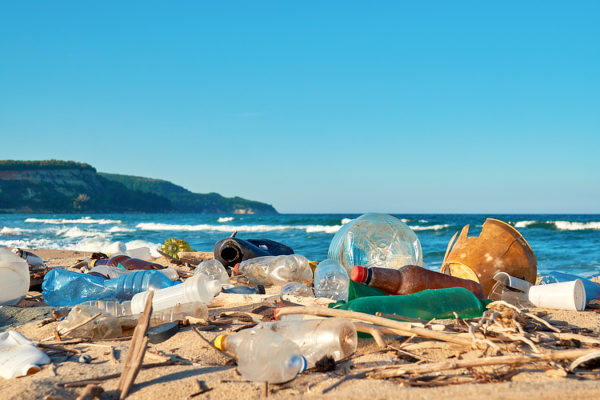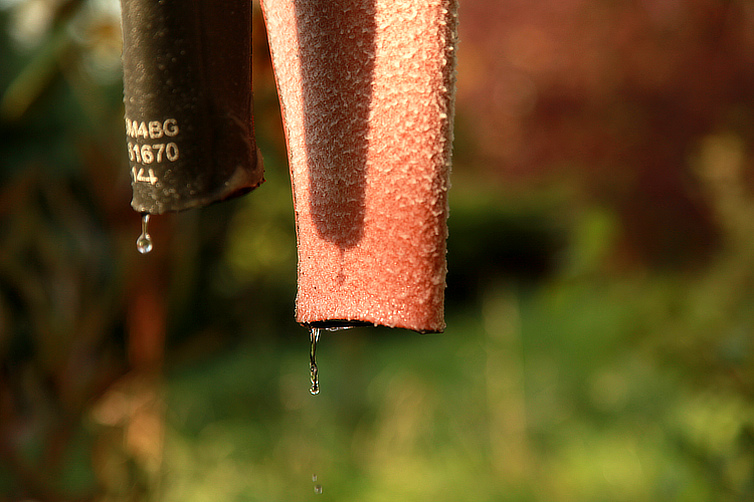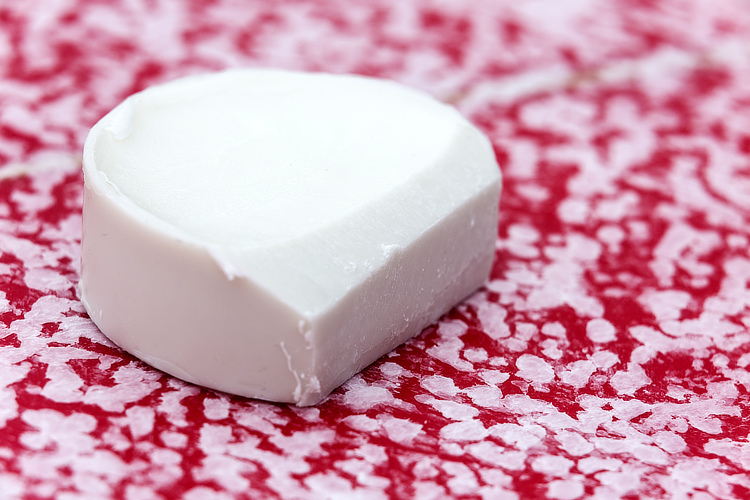As surfers, we are constantly surrounded by marine and coastal environments, and it’s hard not to notice when the beaches are strewn with trash, or plastic bottles are riding the waves alongside you.
Being attuned with the rolling waves and the stunning landscapes means surfing lends itself naturally to environmentalism.
There are plenty of ways a surfer can increase the sustainability of their sport and reduce their impact on the water and beach environments they so frequently inhabit.
Engage in Beach Cleanups
Whether riding waves or waxing boards, surfers can typically be found near a beach and are therefore some of the first to see the detrimental effects that leaving trash and plastic have on the coastal environment.
To help reduce the ugly and damaging presence of waste, surfers should be prepared to pick up trash found on the beach – even if they aren’t directly responsible for it.
To take it a step further, surfers could join or organize a beach cleanup to make a more impactful difference on the quality of a sand strip.
A large amount of trash left on beaches consists of plastic and cigarette butts.
Although individual pieces may be small, they are full of chemicals and toxins which pollute the oceans and can cause serious harm to wildlife.

Choose the Right Surfboard
Typically, surfboards are currently made from fiberglass or epoxy. Unfortunately, neither of these are materials are particularly good for the environment.
Fiberglass boards are made with polyester resin and polyurethane foam, which means hazardous chemicals like styrene and volatile organic compounds (VOCs) are released during manufacturing and production, resulting in a large carbon footprint.
To further the damage, these boards are not biodegradable and not recyclable, and the toxic chemicals they’re made from will end up sitting in a landfill.
The market for more environmentally friendly surfboards is growing quickly, and surfers can now get their hands on high-quality boards made from organic materials like wood, bamboo, cork, and paulownia.
Not only are these boards great for the planet, but they have the potential to last longer than traditional boards.
An alternative and slightly cheaper option is opting to buy second-hand boards or make an effort to look after their board and prolong its life – keeping it on the waves and out of landfills.

Buy a Planet-Friendly Wetsuit
The wetsuits that are commonly sold on the market today are made from neoprene, a non-biodegradable product of mined limestone or drilled petroleum.
Fortunately, there are plenty of innovative companies selling environmentally-friendly wetsuits made of neoprene alternatives.
Most alternatives consist of plant-based, organic, and chlorine-free rubbers such as NaturalPrene or Yulex.
Another option makes use of recycled plastic bottles to create a water-repellent lining along with a water-based, solvent-free lamination glue.
These wetsuits are high-quality and good for Mother Earth but, like a lot of new eco-friendly products making their way onto the market, they are expensive.
Surfers can help grow the market, which will eventually bring down costs by investing in a “green” wetsuit if they have the means and washing it frequently to keep it for longer.

Use Alternative Surf Wax
Surf wax is predominantly made up of dangerous petrochemicals which are made by refining petroleum and other fossil fuels.
The toxic chemicals end up in the water, on the beach, or in a landfill where they cause massive harm by polluting the ocean, affecting marine ecosystems and damaging reefs.
There are some easy and cost-efficient, environmentally-friendly alternatives to surf wax that every surfer should make an effort to use.
New organic alternatives use natural ingredients such as beeswax and other biodegradable materials.
There are also online guides on how surfers can make their own surf wax. The method is straightforward, but some practice might be needed to find a wax recipe that works for you.

Adopt Reef-Friendly Sunscreens
Choosing eco-friendly sunscreen is important for everyone under the sun and not just surfers.
Sunscreen contains harmful chemicals such as oxybenzone and octinoxate that are dangerous to marine and beach wildlife and also to coral reefs.
Naturally, sunscreen tends to wash off, which means the chemicals are dissolved into the water.
Surfers should definitely always be protecting themselves from the sun by wearing sunscreen but should try and choose an environmentally-friendly alternative by checking labels and avoiding creams and sprays that use harmful chemicals.
There are also a number of sunscreen brands that are bringing out some organic and marine-friendly solutions onto the market.
In conclusion: across the world, surfers have a special responsibility to start caring for their local and global environments.
Words by Ellie Coverdale | Blogger at Academized.com





Recent Comments